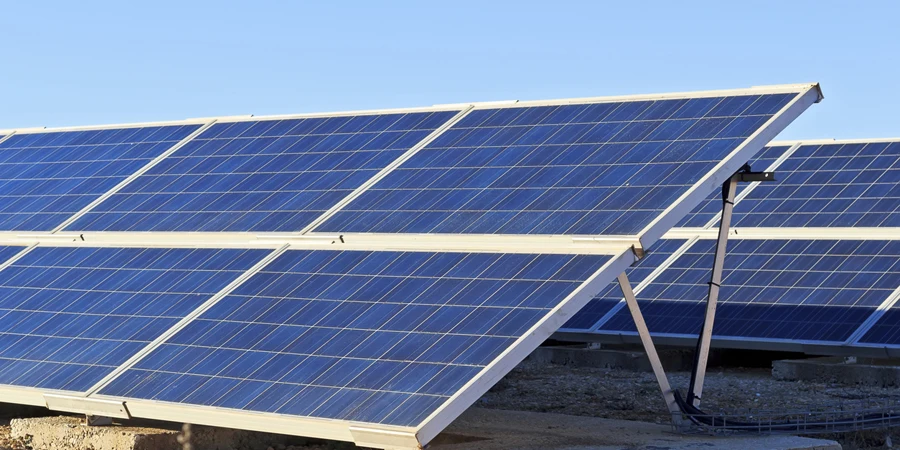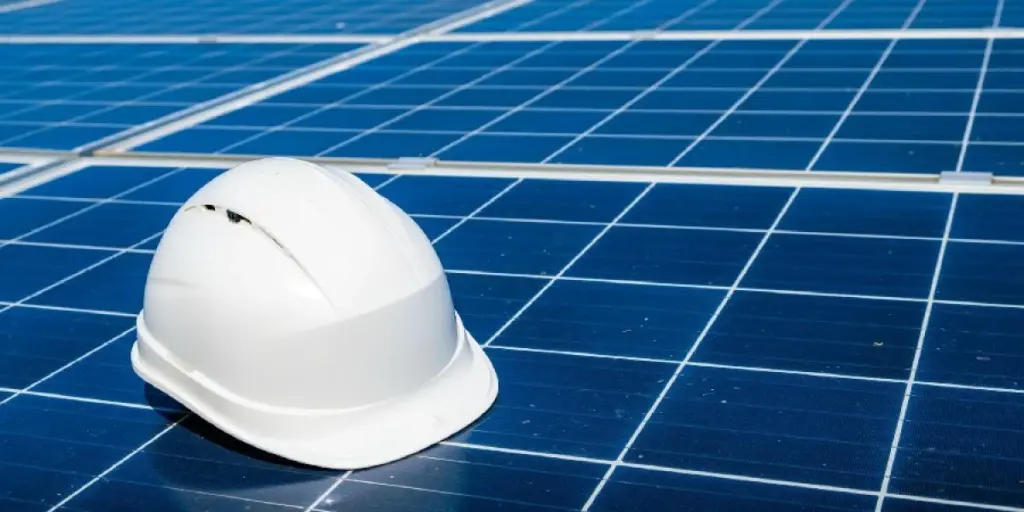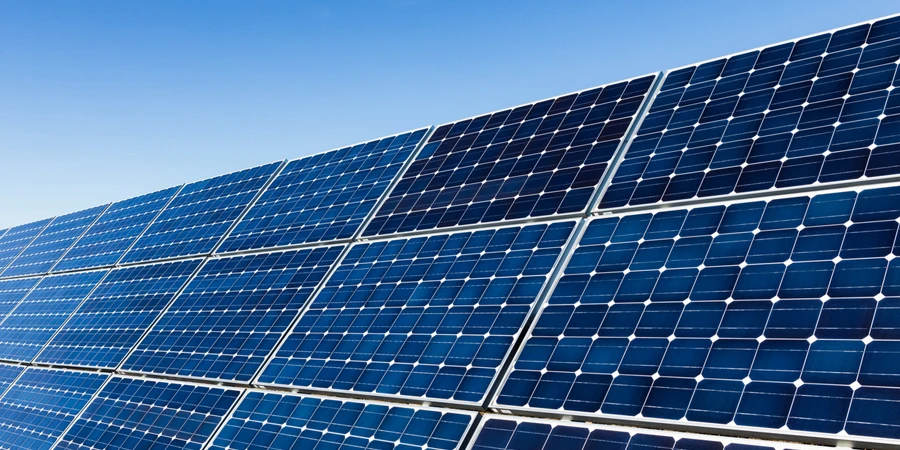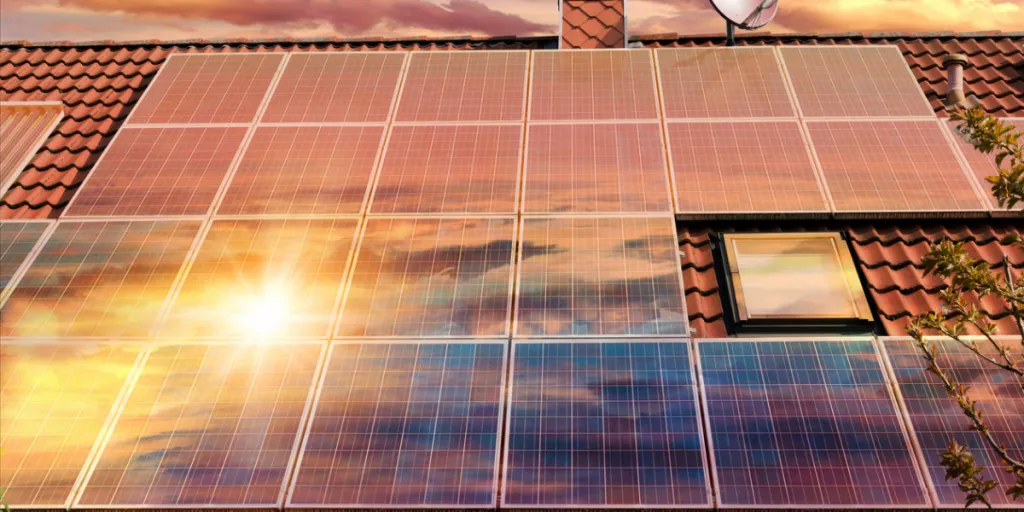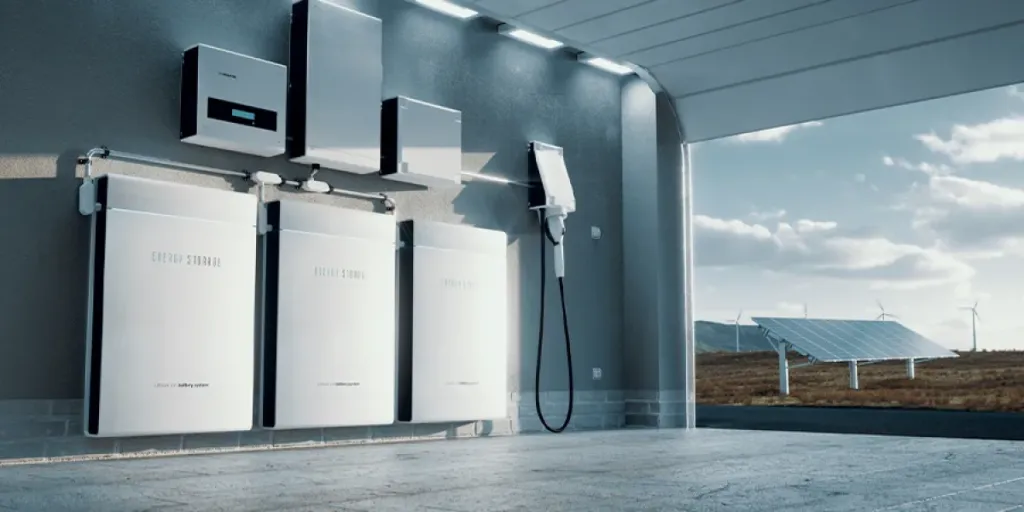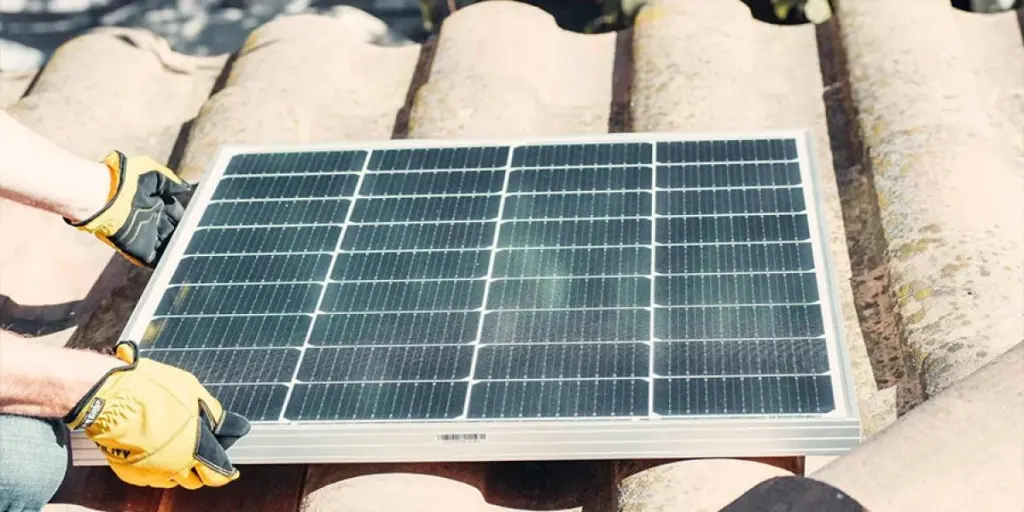United Nations Member States created and agreed upon the UN Sustainable Development Goals in 2015, which were chosen as key priorities to help achieve peace and prosperity.
Eight years on, this blog will assess how close the world is to reaching the 17 Sustainable Development Goals by 2030.
Table of Contents
Overview of the 17 UN Sustainable Development Goals
Trends for each UN Sustainable Development Goal
What is the current status of the world’s 2030 Sustainable Development Goals?
Overview of the 17 UN Sustainable Development Goals
Progress toward achieving the UN SDGs has slowed significantly and, in some cases, gone backward.
Health concerns, conflicts, and economic trouble have reversed “years of progress,” according to the UN’s 2022 progress report.
The UN adds that health, education, poverty, and hunger have been acutely affected by the difficulties faced by the world in recent years.
The World Economic Forum commented on the report, sharing that the cost of dealing with obstacles “rose 25% to $176 trillion over the past year”.
This demonstrates the uphill struggle many national governments face in meeting the goals.
Trends for each UN Sustainable Development Goal
1. No poverty
Progress on eradicating poverty has reversed by 4 years. This is due to the effects of the COVID-19 pandemic, inflation, and the conflict in Ukraine.
2. Zero hunger
Improvements in this category have not appeared in recent years. Food security is declining, and hunger is rising in developing countries. Increasing prices in supermarkets and shops has increased the prevalence of hunger. In 2021 alone, 828 million people suffered from hunger.
3. Good health and wellbeing
Health and well-being in civil society are in decline. The continued effects of global economic uncertainty. The pandemic dented health outcomes for sections of the population in every country. An increase in tuberculosis deaths occurred for the first time in 17 years.
4. Quality education
The accessibility of decent education is under threat. It’s thought that almost 25 million learners may never re-enter school. Inequality in education worsened over the last few years. Despite this, many nations are continuing to make improvements to educational infrastructure.
5. Gender equality
Gender equality for women and girls has seen a general reduction in progress. 45% of job losses in 2020 were from women, but they only accounted for 39% of the workforce in 2019. Although it’s observable that women’s share of representation in national political legislatures increased by 4%.
6. Clean water and sanitation
Natural resources are under strain, and this goal has yet to see progress lately. Water stress affects over 700 million people, and at least 3 billion are unaware of local water quality. Predictions from the UN show that 2.8 billion will lack safely managed sanitation in 2030.
7. Affordable and clean energy
Significant developments in universal access to clean energy have now stalled. Populations that are hard to reach remain unable to access clean energy. 2.4 billion people use inefficient methods of cooking. Investments in renewables for developing countries dropped by almost $14 billion between 2017-2019.
8. Decent work and economic growth
Getting decent work has become more difficult due to the changing economic landscape. Five factors are responsible including inflation, supply-chain disruption, and policy uncertainties.
9. Industry, innovation and infrastructure
Global manufacturing has accelerated since the pandemic, with an increase of 7.2% in 2021. Growth is patchy and inconsistent. Most workers remain in precarious positions due to global volatility and disruption.
10. Reduced inequalities
Refugee numbers increased to 24.5 million in 2021, the highest number ever recorded. This shows a drastic increase in inequality and erases progress seen in previous years when income gaps narrowed.
11. Sustainable cities and communities
Progress on this goal has continued at a slow pace. As of 2020, 25% of the world’s urban population lived in poor accommodation. The UN concludes that more support is needed for countries to move forward on this goal.
12. Responsible consumption and production
Regarding this goal, the UN refers to “triple planetary crises” relating to production and consumption. The three crises are loss of biodiversity, pollution, and climate change. Overusing natural resources, wasting food, and not managing waste threaten the achievement of this goal by 2030.
13. Climate action
This UN SDG has seen the least progress of the 17 goals. Natural disasters are more severe and frequent than in previous periods. This is endangering communities and ecosystems throughout the world. The UN believes that averting failure in this area requires a 43% decrease in emissions by 2030 and their elimination by 2050.
14. Life below water
The planet’s oceans have sustained damage from acidification. Coral reefs declined by 14% between 2009 and 2018. Fish consumption also rose 122% between 1990-2018. This indicates progress has not been made.
15. Life on land
According to the UN, this goal has yet to see progress. Neglecting biodiversity is a continued issue, and deforestation continues steadily. 40,000 species are also at risk of going extinct in the decades to come.
16. Peace, justice and strong institutions
Violent conflict has reached its highest level since 1946 and affects 25% of the global population. There was an improvement in homicide rates, which declined 5.2% between 2015 and 2020. This shows some progress toward meeting this goal.
17. Partnerships for the goals
Official Development Assistance has grown steadily. Many countries have seen Foreign Direct Investment increase. Despite the provision of assistance funds, debt burdens continue rising to unsustainable levels.
What is the current status of the world’s 2030 Sustainable Development Goals?
The analysis of the trends in the 17 UN SDGs shows that the current status is poor. Most of the goals have seen stagnation or decline. Only a few have demonstrable evidence of progress.
Overall the world is not on track to meet these targets by 2030. Achieving this would require significant changes by most world nations in a short timeframe. This could be achieved with good cooperation but with 7 years remaining this would have to happen fast.

